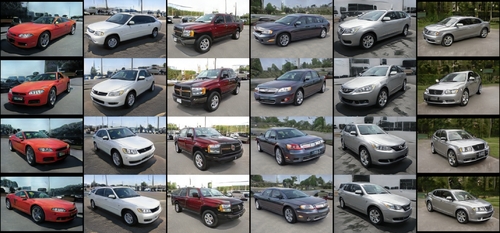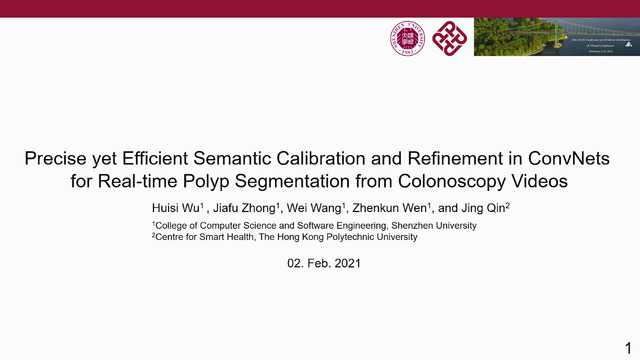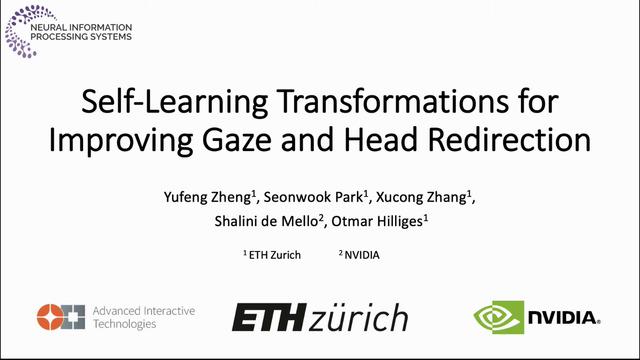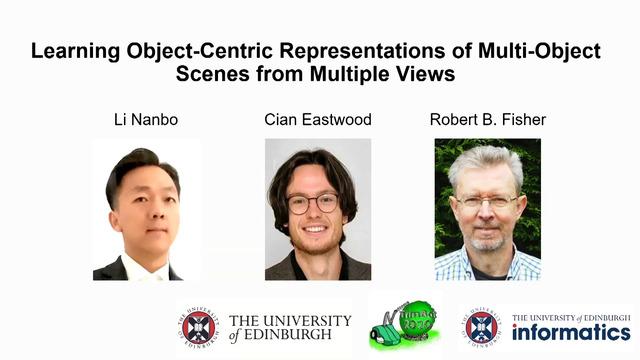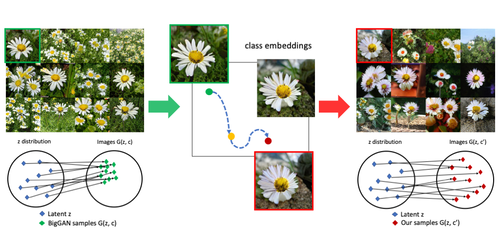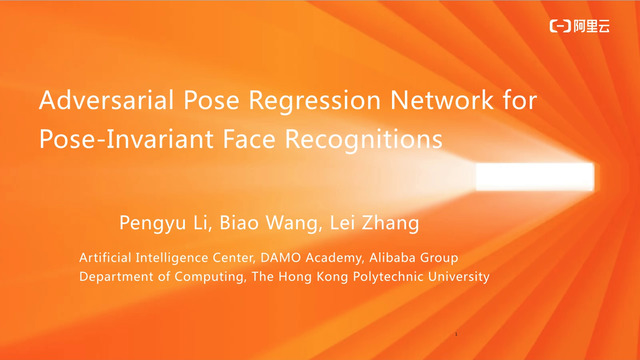Abstract:
Expression translation has received increasing attention from the computer vision community due to its wide applications in the real world. However, expression synthesis is hard because of the non-linear properties of facial skin and muscle caused by different expressions. A recent study showed that the practice of using the same generator for both forward prediction and backward reconstruction as in current conditional GANs would force the generator to leave a potential "noise" in the generated images, therefore hindering the use of the images for further tasks. To eliminate the interference and break the unwanted link between the first and second translation, we design a parallel training mechanism with two generators that perform the same first translation but work as a reconstruction model for each other. Additionally, inspired by the successful application of wavelet-based multi-level Generative Adversarial Networks(GANs) in face aging and progressive training in geometric conversion, we further design a novel wavelet-based multi-level Generative Adversarial Network (WP2-GAN) for expression translation with a large gap based on a progressive and parallel training strategy. Extensive experiments show the effectiveness of our approach for expression translation compared with the state-of-the-art models by synthesizing photo-realistic images with high fidelity and vivid expression effect.



